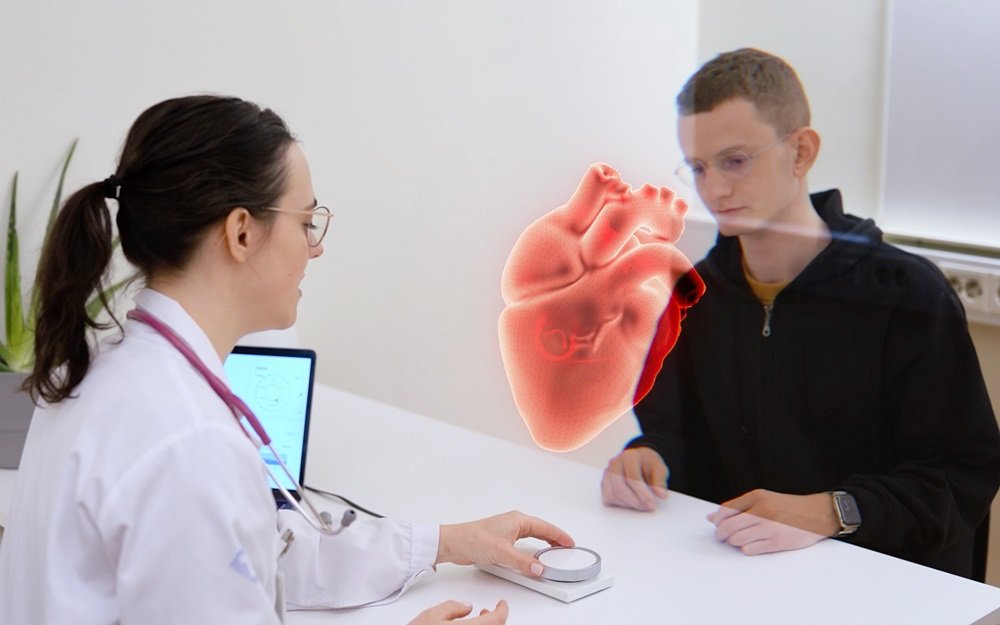Patient transport plays a crucial role in ensuring equitable access to healthcare services for individuals across diverse communities. From remote rural areas to urban centers, the provision of reliable and efficient transportation services forms a critical link in bridging the gap between patients and essential medical care. In this comprehensive blog post, we delve into the multifaceted significance of patient transport and its impact on healthcare accessibility.
Addressing Geographic Barriers
Geographic barriers often pose significant challenges for individuals seeking medical treatment, particularly in remote or underserved regions. Patient transport services act as a lifeline, overcoming the obstacles presented by distance, terrain, and limited infrastructure. By providing safe and timely transportation, these services ensure that patients can access hospitals, clinics, and specialized care facilities, regardless of their location.
Enhancing Healthcare Equity
The availability of patient transport contributes to the promotion of healthcare equity, addressing disparities in access to medical services among different socio-economic groups. It empowers individuals who may face financial, physical, or logistical constraints in reaching healthcare facilities, thereby fostering inclusivity and reducing healthcare inequalities within communities.
Emergency Medical Transport
In emergency situations, swift and efficient patient transport is paramount in delivering timely medical assistance. Ambulance services and air medical transport play a pivotal role in rapidly transporting patients from accident sites or urgent care situations to hospitals, where prompt intervention can significantly impact patient outcomes. The seamless coordination of emergency transport services is instrumental in saving lives and mitigating the effects of critical health events.
Specialized Care and Long-Distance Transport
Many patients require specialized medical care that is not available in their immediate vicinity. Patient transport services enable the safe transfer of individuals to tertiary care centers, specialized treatment facilities, or for long-distance medical transfers. This capability ensures that patients have access to the expertise and resources necessary for managing complex health conditions, thus broadening their options for optimal care.
Collaborative Partnerships
The provision of patient transport involves collaborative partnerships between healthcare institutions, transport providers, and community organizations. These alliances are essential in establishing efficient transport networks, coordinating transfer arrangements, and integrating transport services into the continuum of patient care. By working together, stakeholders can optimize transport logistics and enhance the overall patient experience.
The Role of Technology in Patient Transport
The integration of technology into patient transport systems represents a significant leap forward in enhancing operational efficiency and patient satisfaction. Advanced scheduling systems, GPS tracking, and mobile health apps now allow for real-time coordination between patients, transport services, and healthcare providers. This technological evolution not only streamlines the process of arranging and providing transport but also ensures greater transparency and reliability. Patients and their families can track the status of their transport in real-time, reducing anxiety and enhancing the overall experience of accessing healthcare services. Through these innovations, technology bridges the gap even further, ensuring that patient transport continues to be a pivotal element in the healthcare access equation.
Integrating Concierge Medical Services
Concierge medical services represent a significant evolution in personalized healthcare, offering patients VIP treatment that includes direct access to healthcare providers, personalized care plans, and a more intimate patient-doctor relationship. These services, when integrated with patient transport, can take personalization in healthcare to the next level. Patients not only receive tailored medical attention but also enjoy the convenience and assurance of customized transport services that align with their unique health needs, schedules, and preferences. This synergy enhances the overall healthcare experience, making medical access seamless and stress-free for patients who seek the utmost in care and convenience.
Patient transport serves as a vital component of the healthcare ecosystem, playing a pivotal role in connecting individuals with essential medical services. Its impact extends beyond mere conveyance, encompassing aspects of accessibility, equity, and life-saving interventions. By recognizing the significance of patient transport and continually strengthening its infrastructure, healthcare systems can effectively bridge the gap in healthcare access, ensuring that every individual receives the care they need, when they need it.
Read More: The New Age of Aesthetics: Blending Technology with Personal Care
